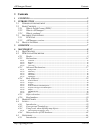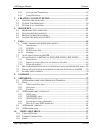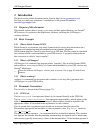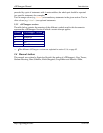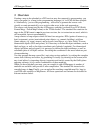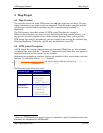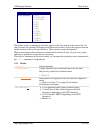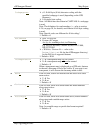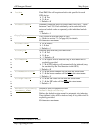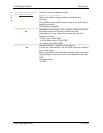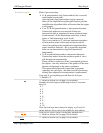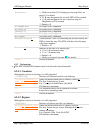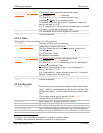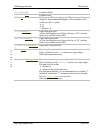
cGPSmapper Manual Overview
http://cgpsmapper.com/ 7 of 100
3 Overview
Creating a map to be uploaded to a GPS receiver may be compared to programming: you
write a program (i.e. a map) in the programming language (i.e. in PFM) and then compile
it. Alternatively - just as with programming - tools exist to generate the source code
visually or semi-automatically or to assist in other ways in the code preparation.
The source code format used by the cGPSmapper compiler is referred to as PFM (Polski
Format Mapy - Polish Map Format) or the "Polish format". The standard file extension for
maps in the PFM format is .mp (in previous versions, the .txt extension was used, which is
still acceptable, but not recommended).
A map consists of map objects which fall into four categories: POIs (points of interest, e.g.
hotel, restaurant), points (non-indexed point objects, e.g. summit, building), polylines
(linear objects, e.g. street, stream), and polygons (area objects, e.g. lake, forest). For non-
dimensional objects (POIs and points), it is necessary to define the object attributes, such as
label and type, as well as the object coordinate pair (latitude, longitude). For dimensional
objects (polylines and polygons), it is necessary to define the object attributes, as well as
coordinate pairs of all object vertices. Providing the coordinates is the most laborious part
of map authoring.
You may prepare the map source file (.mp) using various methods: by writing the complete
source code with any text editor, by generating it visually (by drawing on the screen) with
any visual editor, by importing objects (waypoints and tracks) created by the OziExplorer
mapping software, or by various combinations of those methods.
When you have finished your map, you can compile it with cGPSmapper (a number of
methods are available) and preview it after compilation. The standard file extension for
compiled maps is .img. Finally, you can upload the resulting compiled map file (.img) to
your GPS with sendmap or MapSource. All those operations and variants are described in
relevant sections below.




